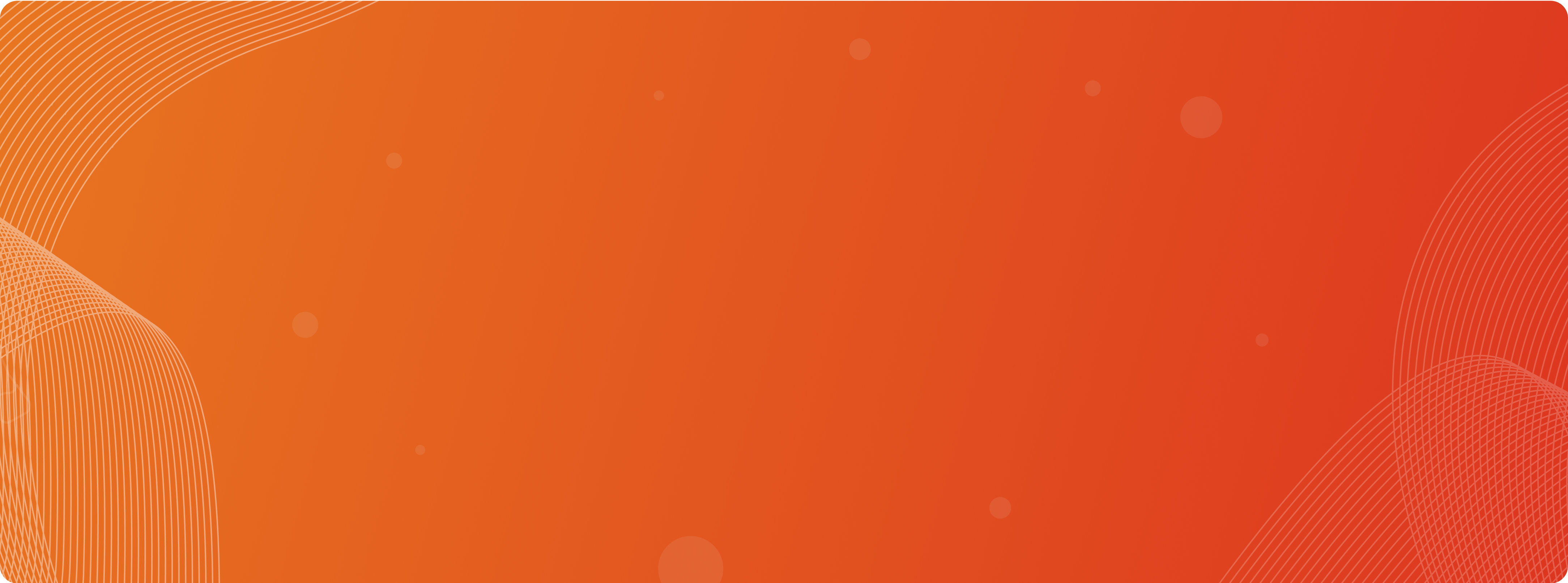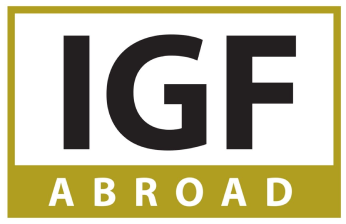About
Bangladesh is emerging as a prominent destination for quality education in South Asia, with a system that emphasizes academic excellence, cultural enrichment, and character development. Rooted in a rich history of learning, Bangladesh's education system has made significant strides in providing accessible, affordable, and inclusive education to both domestic and international students. From primary education to higher studies, the country's commitment to fostering knowledge and skills has positioned it as a growing hub for students seeking a holistic educational experience.
This article delves into the key aspects of Bangladesh's education system, covering its structure, notable institutions, and unique features that make it a compelling choice for students at all levels of learning.
Why Choose Bangladesh for Education?
Bangladesh offers numerous advantages for students seeking to pursue higher education. The country's education system has witnessed rapid modernization, with growing investment in infrastructure, teaching quality, and research facilities. Here are some of the key reasons why Bangladesh is becoming an appealing choice for students:
1. Diverse Range of Educational Institutions
Bangladesh is home to over 150 public and private universities, along with a vast network of colleges and technical institutions. Students can pursue programs in fields like medicine, engineering, business, arts, law, and technology. Prestigious universities like the University of Dhaka, Bangladesh University of Engineering and Technology (BUET), North South University (NSU), and BRAC University are well-regarded in South Asia and beyond.
2. Affordable Education and Living Costs
Compared to other study destinations like the United States, Canada, and the United Kingdom, Bangladesh offers significantly lower tuition fees and living expenses. For students seeking quality education on a budget, Bangladesh provides an opportunity to receive a world-class education without the financial burden. This affordability makes it a viable option for both local and international students.
3. Scholarships and Financial Aid
Many universities and government bodies in Bangladesh offer scholarships and grants to deserving students. Merit-based scholarships, need-based financial aid, and international student grants make it easier for students from diverse backgrounds to access higher education. Institutions like BRAC University and North South University have several scholarship programs that support talented students.
4. Strong Emphasis on STEM Education
Bangladesh places a significant focus on STEM (Science, Technology, Engineering, and Mathematics) education. Institutions like BUET are known for producing skilled engineers, while several medical colleges have gained international recognition for their medical training. This emphasis on STEM-related fields ensures that students acquire practical skills that are in demand worldwide.
5. Research and Innovation Opportunities
Bangladesh is prioritizing research and development, especially in fields like public health, agriculture, and technology. Universities are collaborating with international organizations and research bodies to offer students access to research projects. Students pursuing higher degrees, such as master's and Ph.D. programs, have the opportunity to contribute to groundbreaking research that addresses local and global challenges.
6. Post-Graduation Opportunities
Bangladesh's growing economy creates job opportunities for graduates in various sectors, such as information technology, healthcare, engineering, and business. The government has introduced initiatives like StartUp Bangladesh to support entrepreneurship and innovation. Graduates have the option to enter the job market, launch startups, or pursue further education locally or abroad.
Structure of the Bangladeshi Education System
Bangladesh's education system is structured to support the academic and personal development of students from an early age. The system is divided into the following levels:
1. Primary Education
- Duration: 6 years (Grades 1 to 5)
- Age Range: 6 to 11 years
- Focus: Foundational learning in reading, writing, mathematics, and basic science.
- Key Features: Universal, compulsory, and free education in government schools.
2. Secondary Education
- Duration: 5 years (Grades 6 to 10)
- Age Range: 11 to 16 years
- Examinations: Students must sit for the Secondary School Certificate (SSC) exam at the end of Grade 10.
- Focus: Students begin to specialize in science, commerce, or arts streams, which shape their future educational pathways.
3. Higher Secondary Education
- Duration: 2 years (Grades 11 to 12)
- Age Range: 16 to 18 years
- Examinations: Students must pass the Higher Secondary Certificate (HSC) exam to qualify for university or other higher education institutions.
- Focus: Students continue with their chosen streams (science, commerce, or arts) while preparing for admission to universities or colleges.
4. Tertiary Education (Universities, Colleges, Technical Institutions)
- Undergraduate Degrees: Typically 4 years for most bachelor's programs and 5 years for specialized programs like medicine (MBBS) and architecture (B.Arch).
- Postgraduate Degrees: Master's and Ph.D. programs are offered in a wide range of subjects, allowing students to specialize further.
- Types of Institutions: Public universities, private universities, and specialized institutions like medical colleges and polytechnic institutes.
Unique Features of the Bangladeshi Education System
1. National Curriculum and Madrasa Education
Bangladesh has two parallel systems of education at the primary and secondary levels. The general education stream follows a national curriculum set by the Ministry of Education, while Madrasa education offers Islamic-based education along with general subjects. Students from both streams can progress to higher secondary and tertiary education.
2. Technical and Vocational Education (TVET)
To meet the needs of a modern workforce, Bangladesh has established a Technical and Vocational Education and Training (TVET) system. This system allows students to acquire hands-on technical skills in areas like electronics, automotive repair, information technology, and hospitality. TVET is aimed at bridging the skills gap in the labor market and promoting youth employability.
3. Focus on Digital Learning and E-Education
With the rise of technology, Bangladesh has made significant efforts to digitize education. Initiatives like “Digital Bangladesh” promote e-learning platforms, online courses, and virtual classrooms. During the COVID-19 pandemic, many institutions adopted online learning, which continues to be part of the education system.
4. English-Medium and International Schools
In addition to the Bengali-medium schools, Bangladesh hosts a growing number of English-medium schools and international schools. These institutions follow curricula like the British Curriculum (O/A Levels) and the International Baccalaureate (IB). Students graduating from these schools have greater access to international universities.













